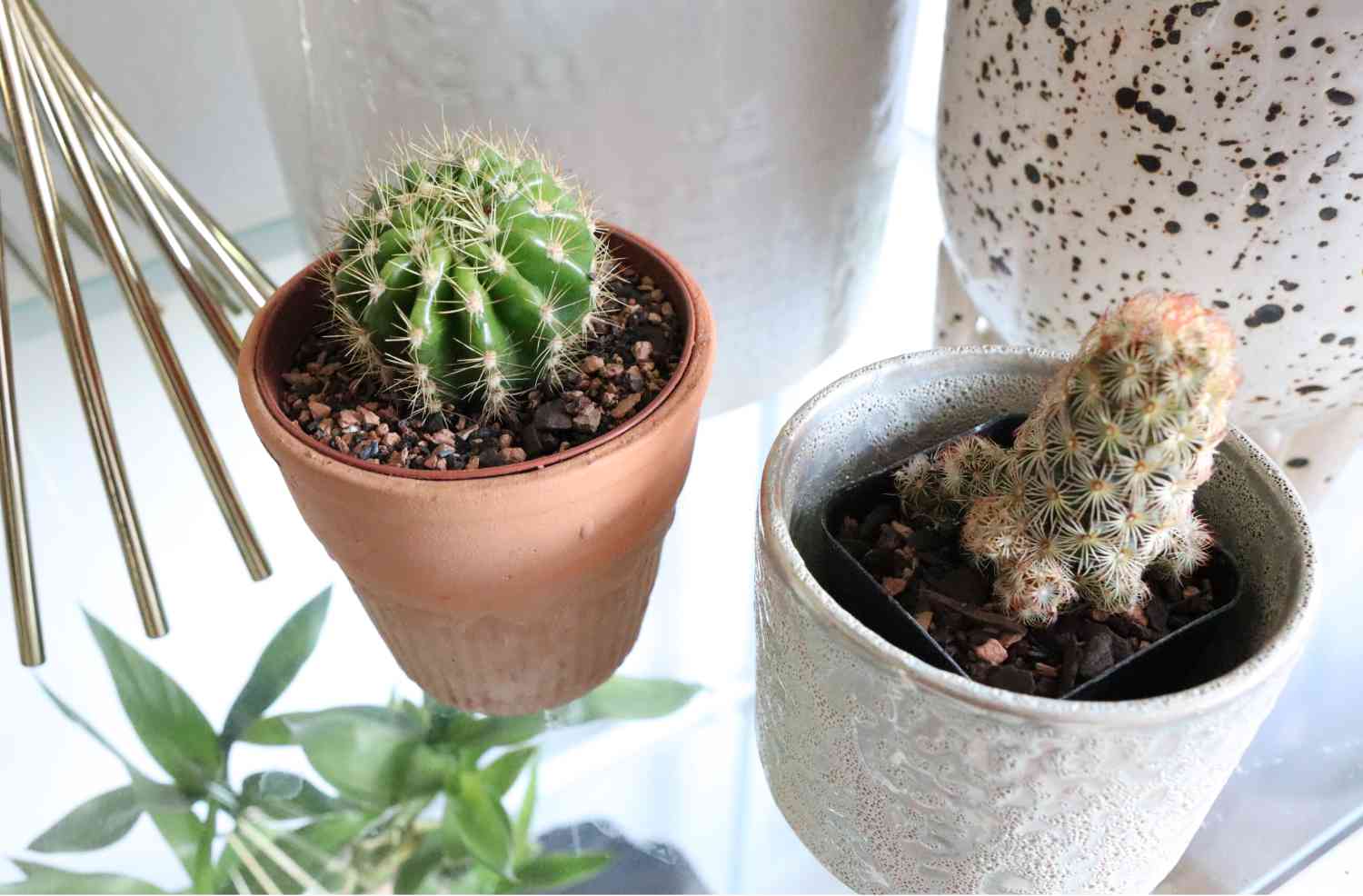Best Cactus Soil
A cactus plant is great for anyone looking for a long-lasting and low-maintenance houseplant. There are lots of different varieties, and most desert cacti you don’t need to water for weeks at a time.
But there is one thing that can be a problem – what kind of soil should you plant them in? In this article, we will look at the different options and how they can affect your plant.
What is the best soil for cactus?
Cactus are very popular plants to grow for their strange shapes, ornamental flowers and general low-maintenance. They are a great way to add a little bit of the natural world into your home and office, but they are not like most other plants.
Soil can play a very important role in the survival of your cactus and their overall health. For cacti to be happy and to thrive they are quite picky when it comes to soil requirements. If they don’t have the right soil, they grow very slowly and not produce long lasting flowers.

In extreme cases the wrong choice of soil can even kill your cactus. There are different types of soil that can be used for growing cactus in your home but having a general idea of what makes a quality cactus soil is a good start.
Is There a Specific Soil for Cactus?
Desert Cactus
Most cactus plants originate from the desert. They grow in an environment where it is common for them to be exposed to extreme heat and drought. They are also exposed to a lot of sunlight and other harsh conditions.
If you own a cactus plant, you should know that it requires a specific type of soil to be happy. However, it should also be noted that they can actually be grown in pots or planters filled with regular soil. But it is recommended that you use a cactus soil instead.
Regular soil will give your cacti a regular existence. You want a thriving cactus right?
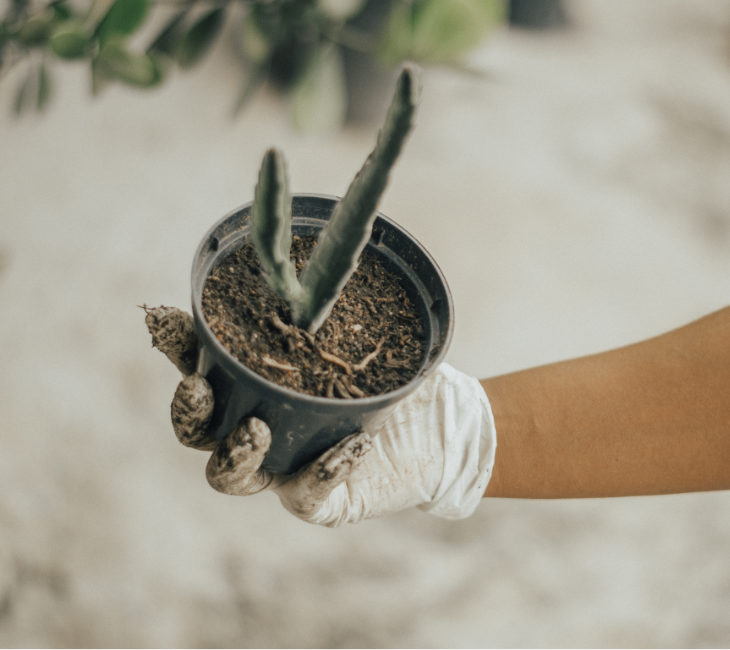
Typical desert cactus soil has the following characteristics:
- This soil has the perfect combination of drainage and aeration, which helps cacti roots to stay healthy and allows them to absorb water and nutrients efficiently.
- Cactus soil also has some mineral content and a minimal amount of organic matter.
- In addition, cactus soil is able to hold onto only a small amount of moisture.
Epiphytic Cactus
Some cacti do not originate in desert-like climates but rather rain forests. These cacti are a type of epiphytic cacti and include varieties such as the famous Christmas cactus and the dragon fruit cactus.
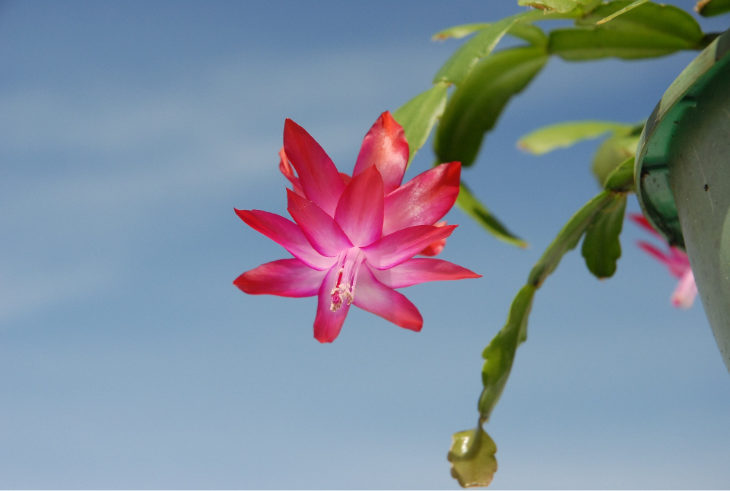
These cacti thrive in humid environments and nutrient-rich soil that is full or organic matter and moister.
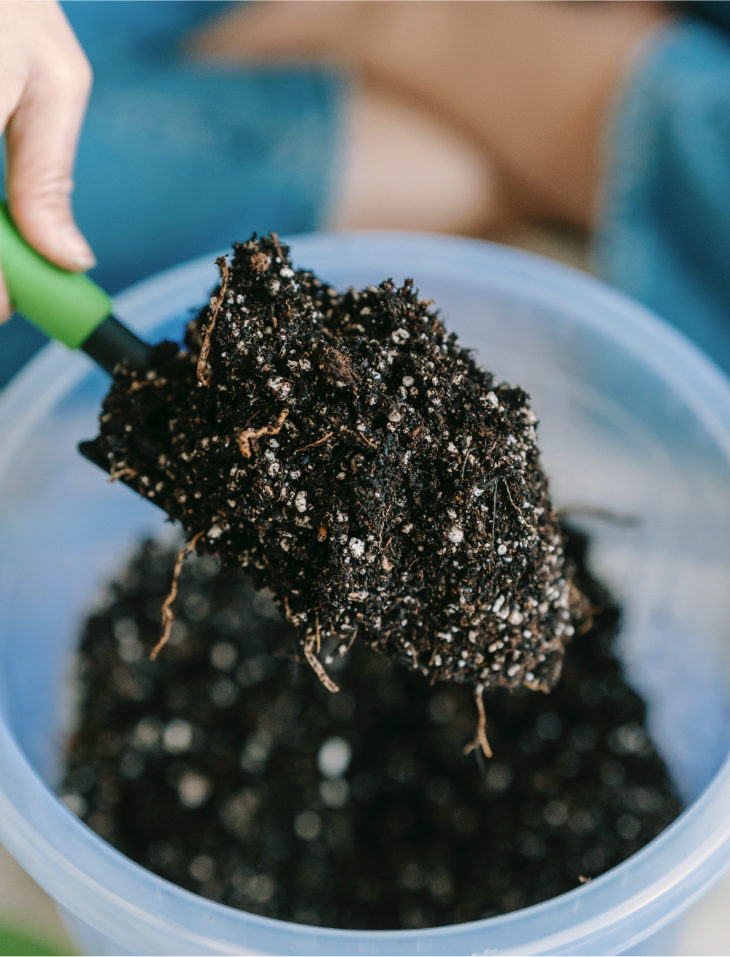
If new to growing cacti, choose a desert cacti. This is most likely what you will come across when choosing a cactus anyway.
The Benefits of Soil Designed Specifically for Your Cactus
There are so many benefits to using soil designed for cactus plants that it’s hard to imagine why you take chances with regular soil. Cacti require soil that drains well and holds a small amount of moisture.
Be careful with regular potting soil as it retains far too much water. Regular potting soil is not designed for cacti and can lead to root rot in your potted cactus plants.
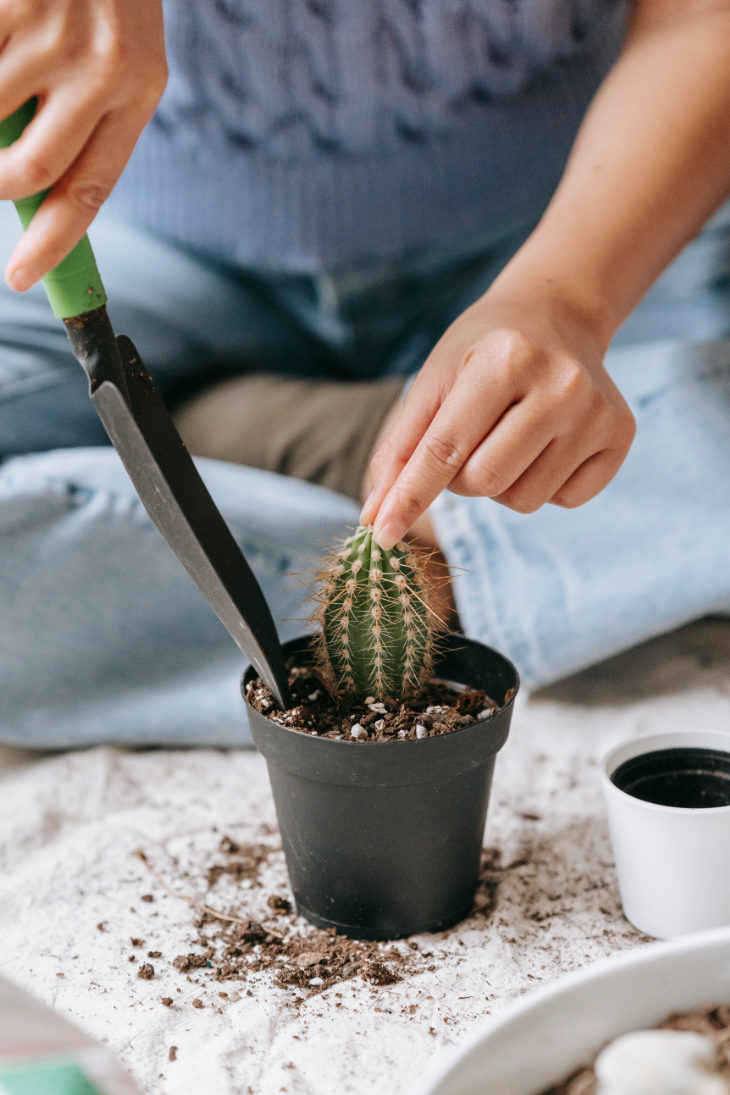
The best cacti soil needs to be loose and light, but with just the right amount of nutrients. This helps the roots grow. It creates a healthy cactus that is also very attractive. This allows you to have the best of both worlds, a cactus that is both healthy and beautiful.
How to Choose the Right Soil for Your Cactus?
When choosing the right soil for your cactus, it is important to consider the type of cactus you have and the climate you live in.
For example, if you have a desert cactus that is native to dry climates, you will want to choose a soil that drains well and does not retain moisture. On the other hand, if you have a tropical cactus that is native to wetter climates, you will want to choose a soil that retains moisture.
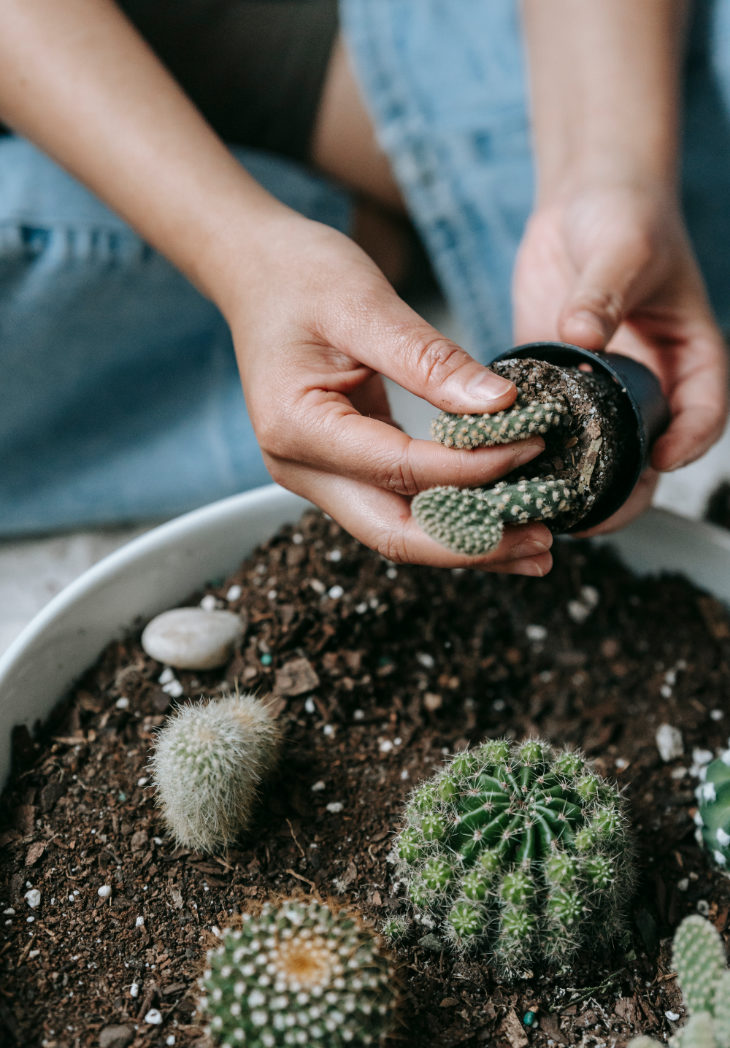
In general, cacti prefer a sandy, well-drained soil. If your cactus is in a pot, you can add gravel or course sand to the potting mix to help with drainage. You will also want to make sure that the pot has drainage holes to allow excess water to escape. The fastest way to root rot is using a planter pot with no drainage hole.
When it comes to fertilizing, desert cacti are relatively low-maintenance and do not need a lot of fertilizer. However, if you want to give your cactus a boost, you can add a small amount of fertilizer to the soil once a month. Just be sure to use a fertilizer that is specific for your type of cacti and follow the directions on the package.

